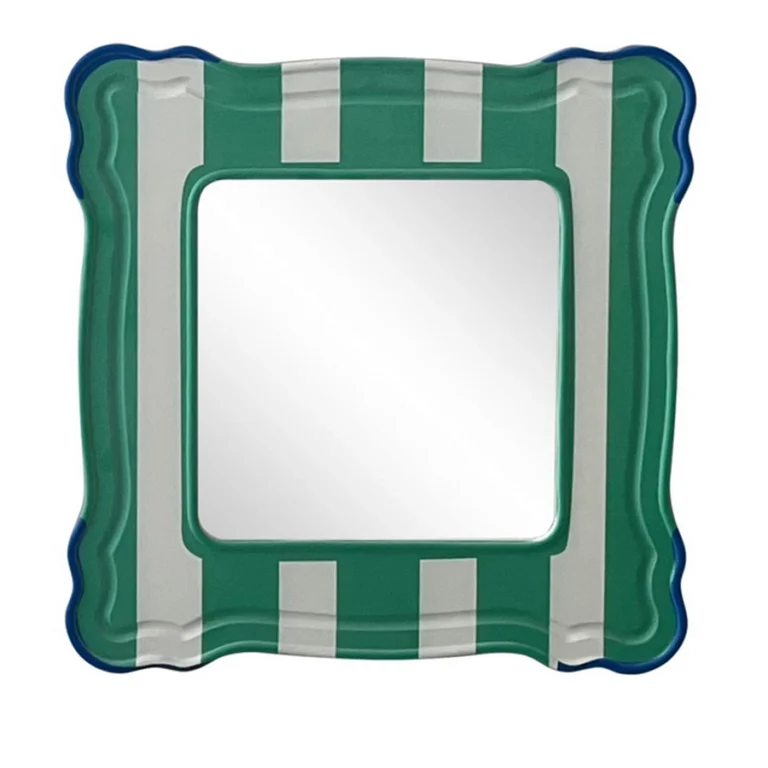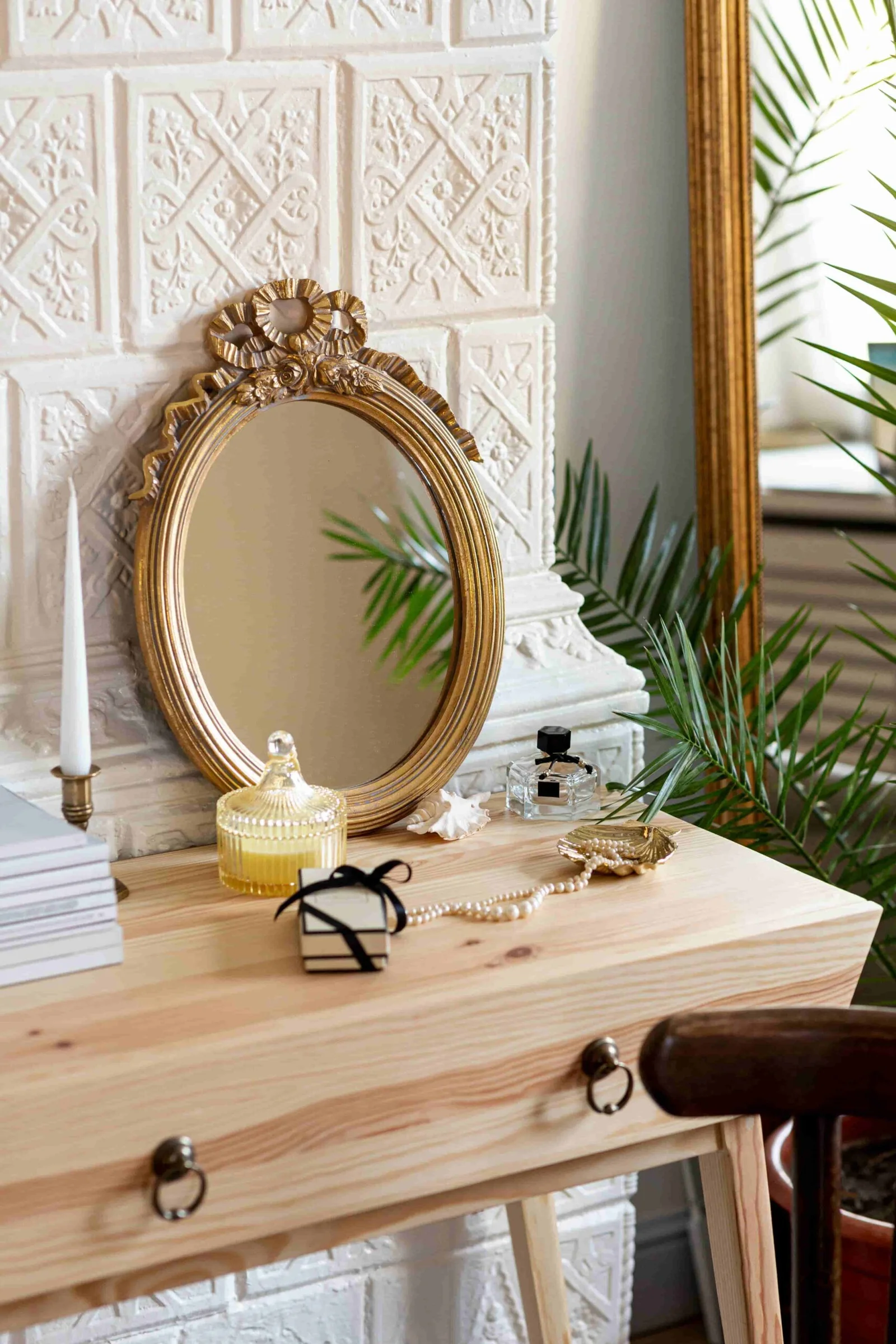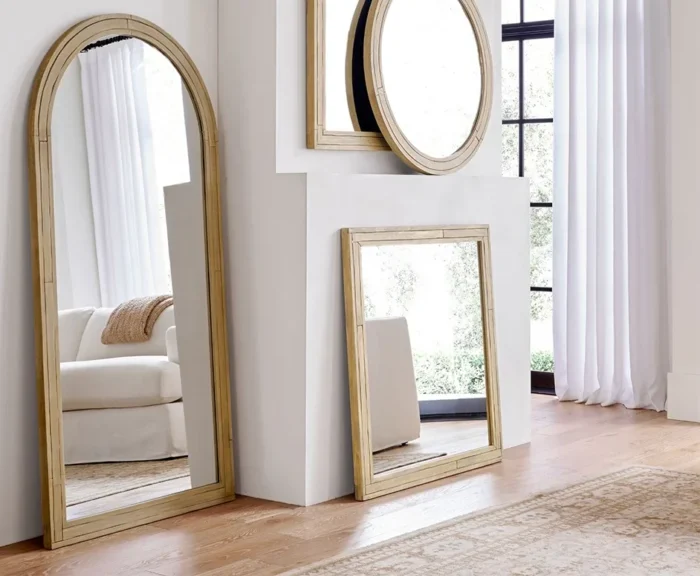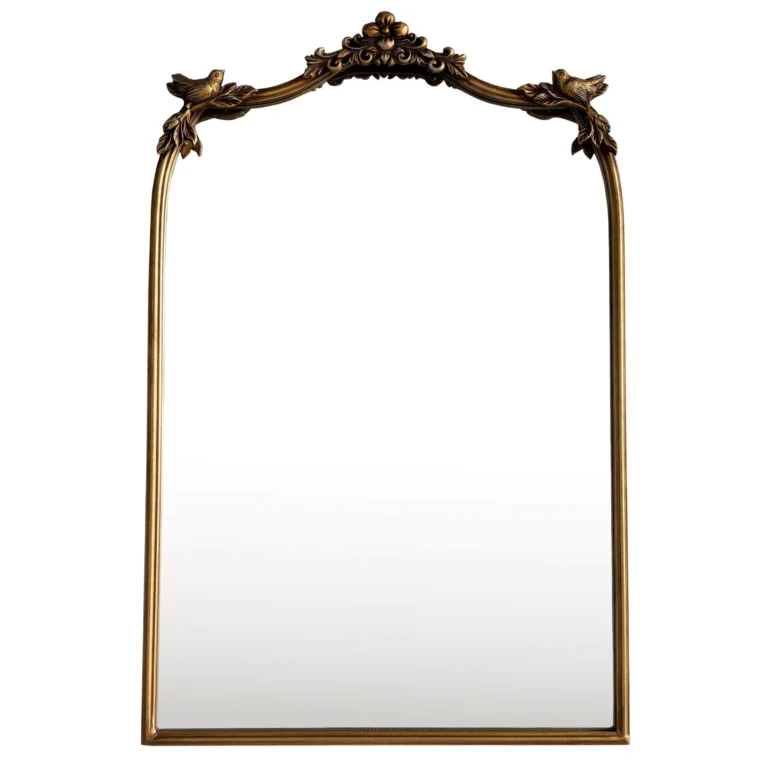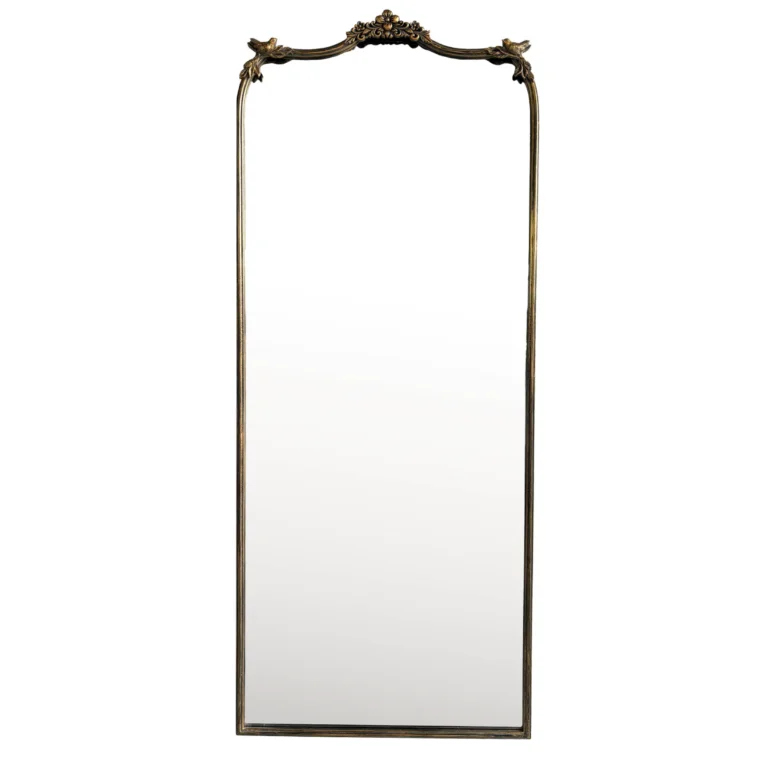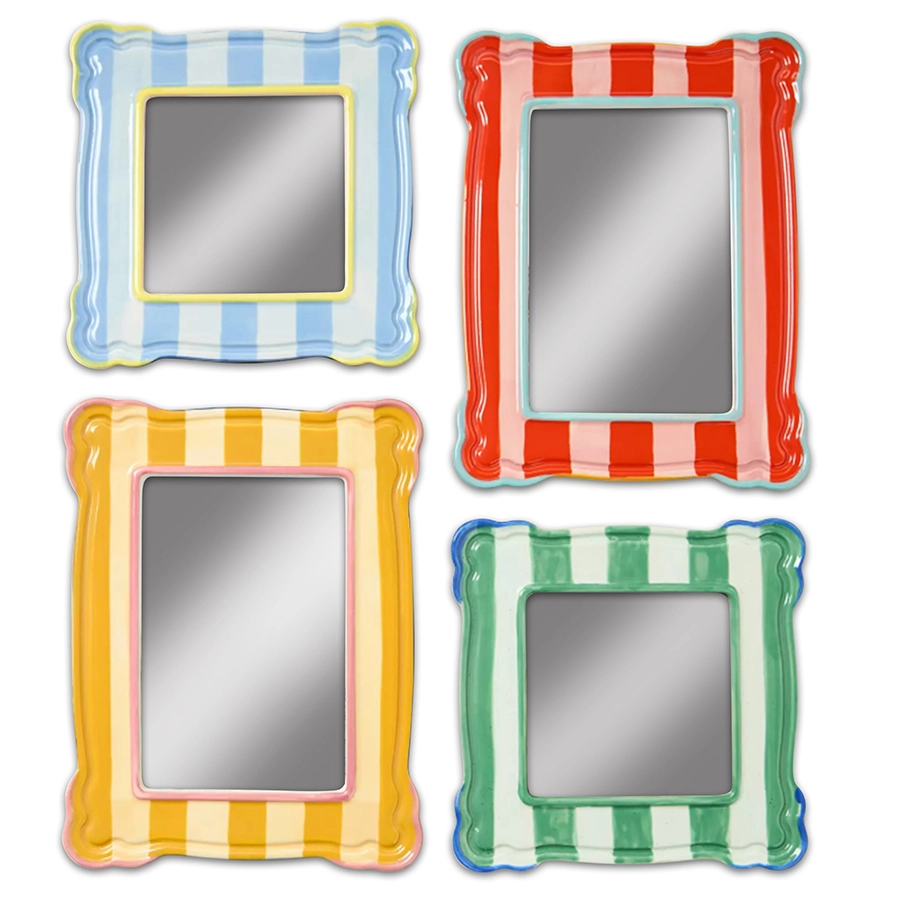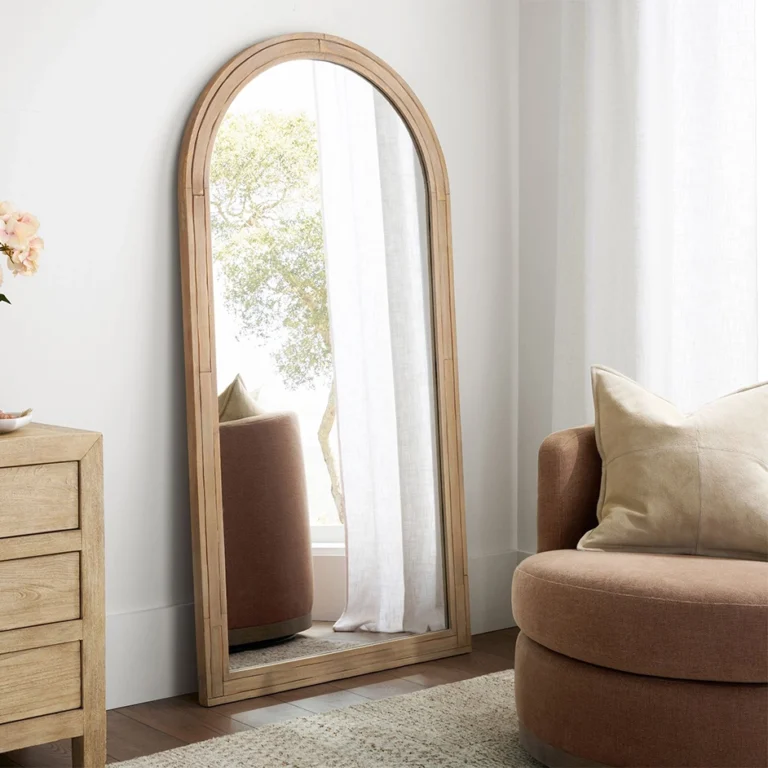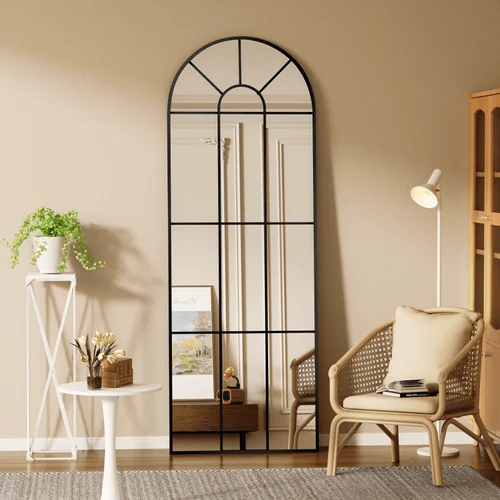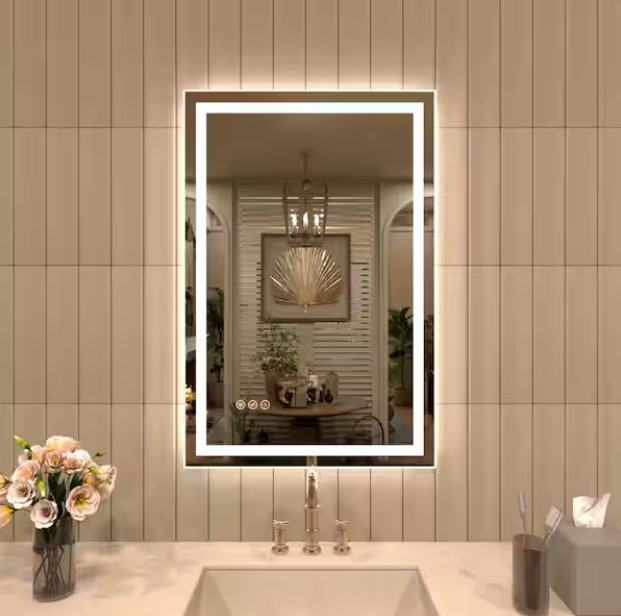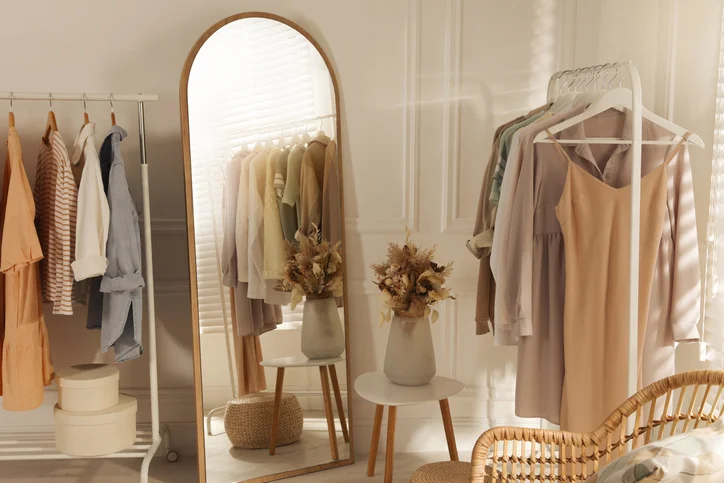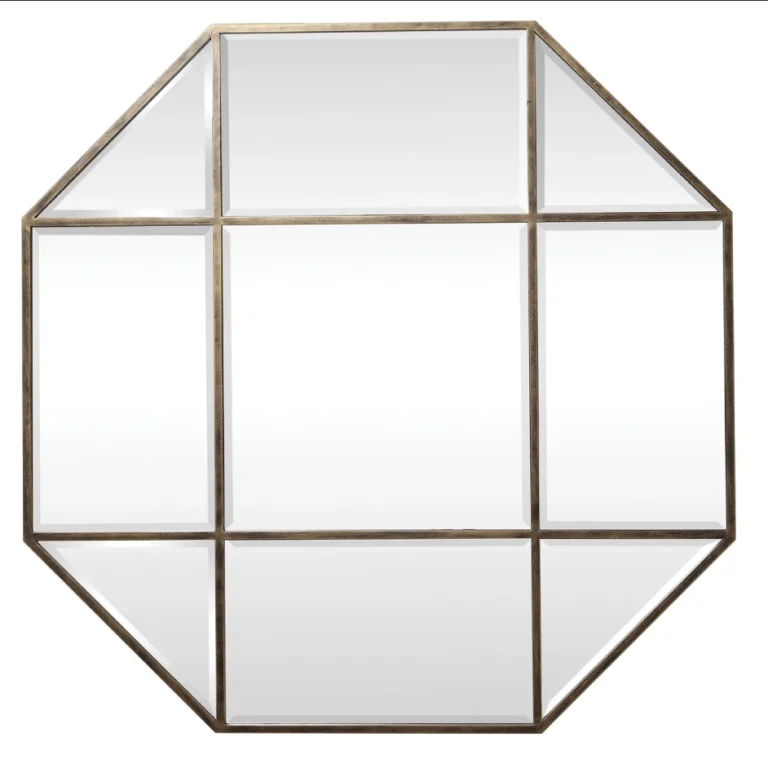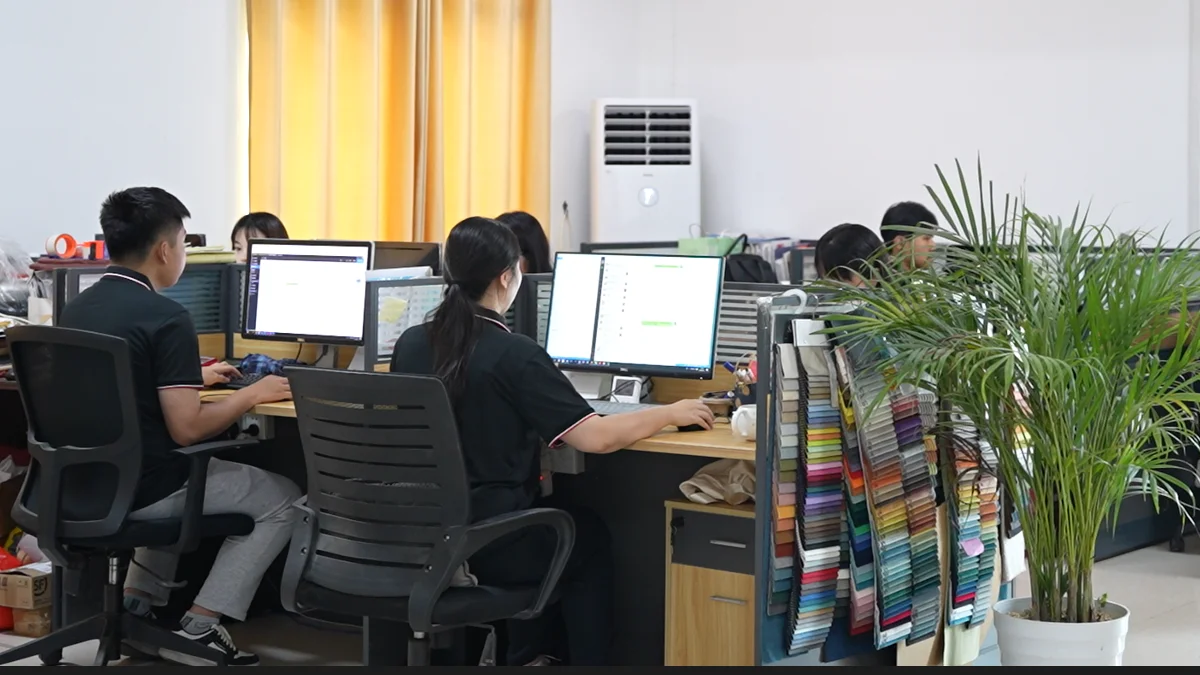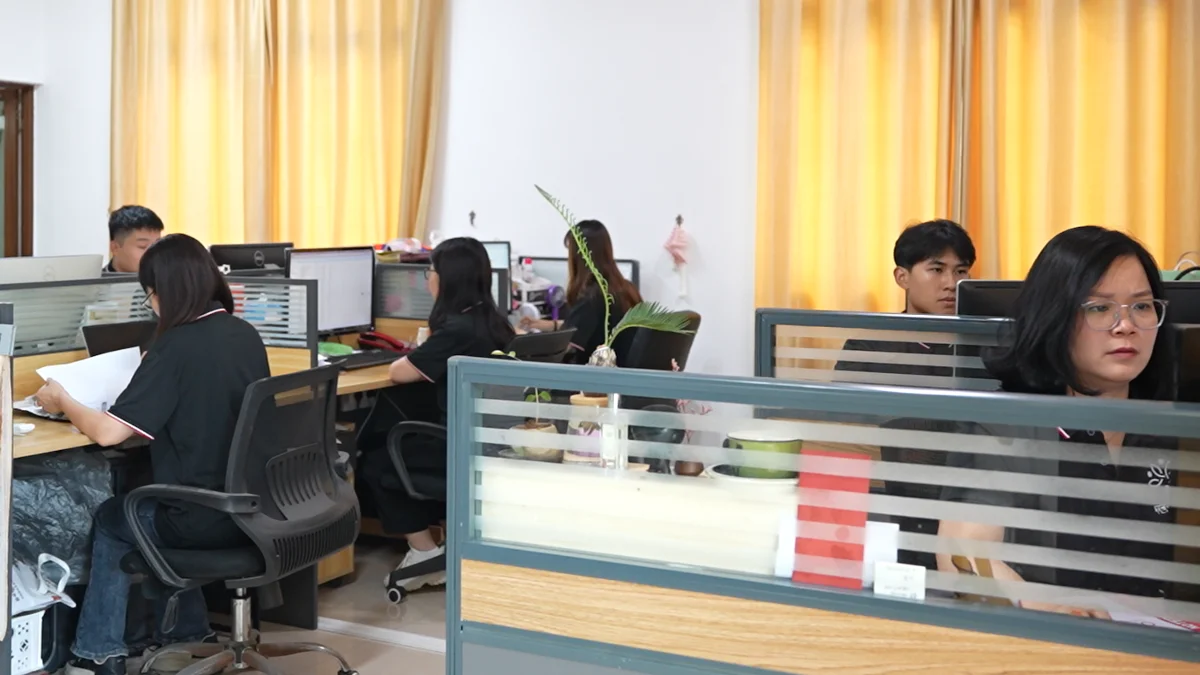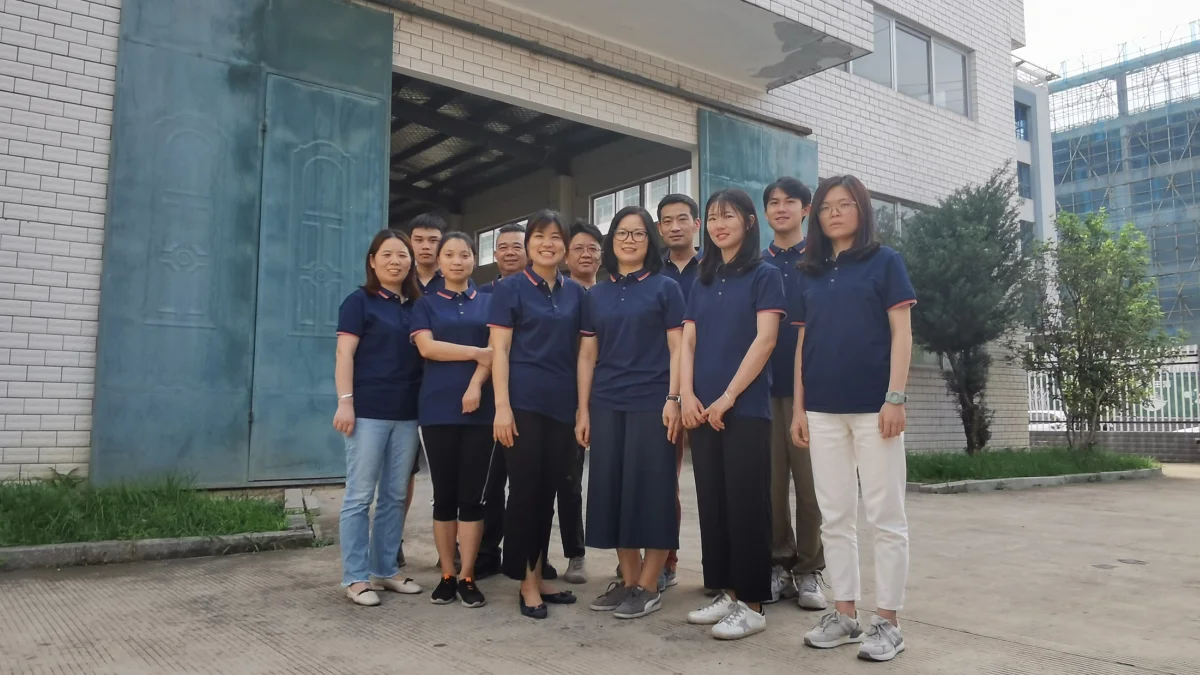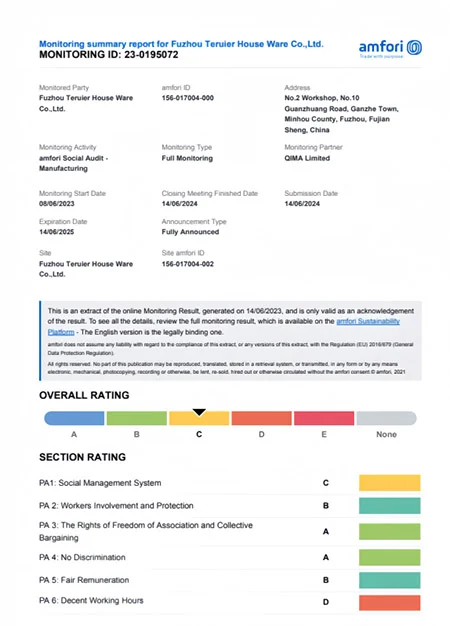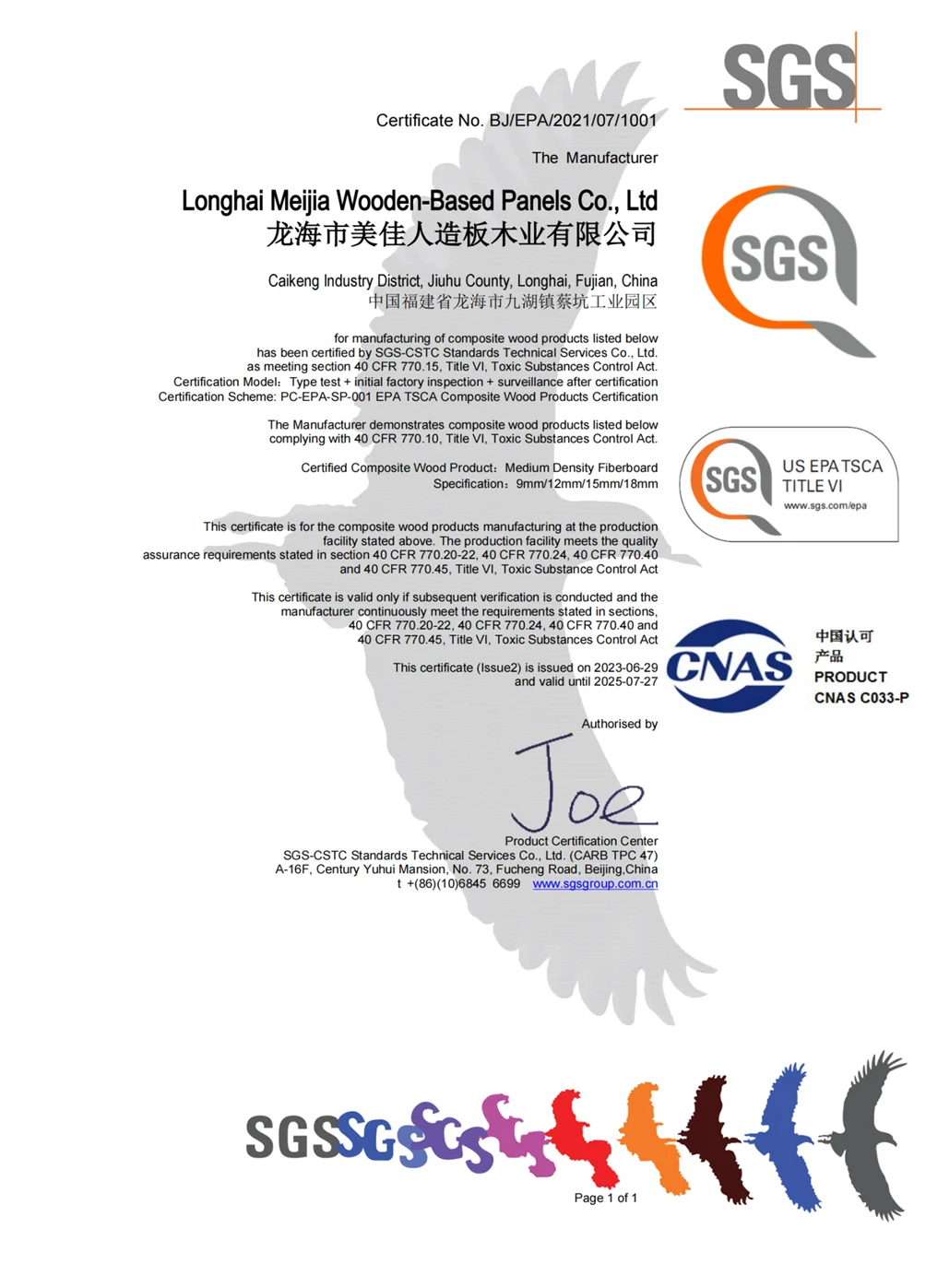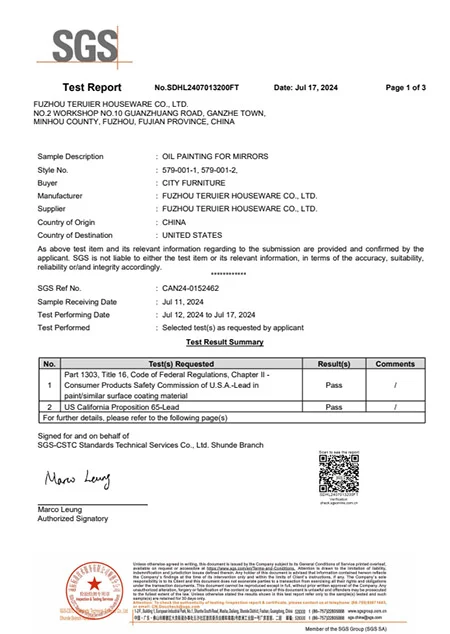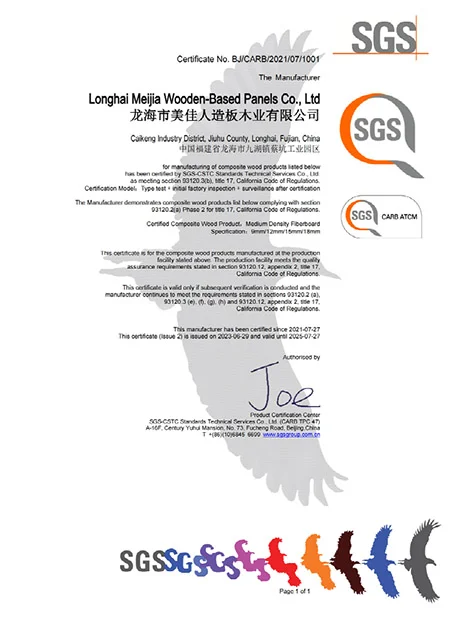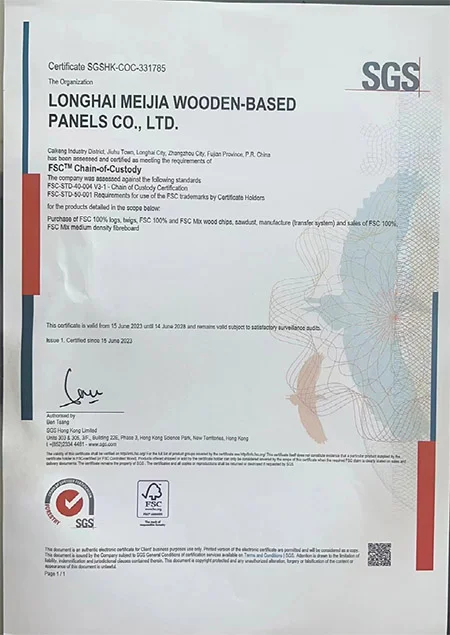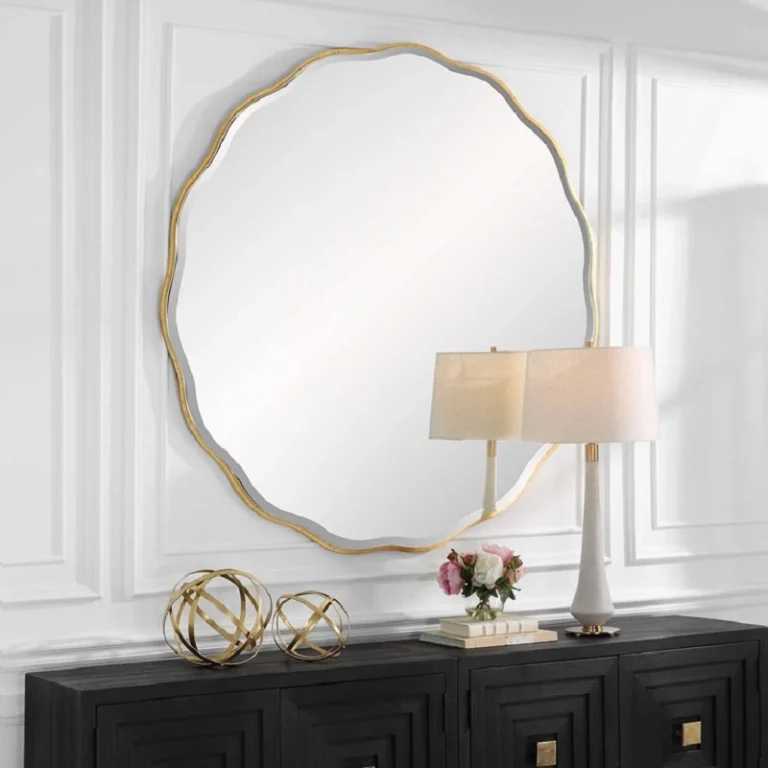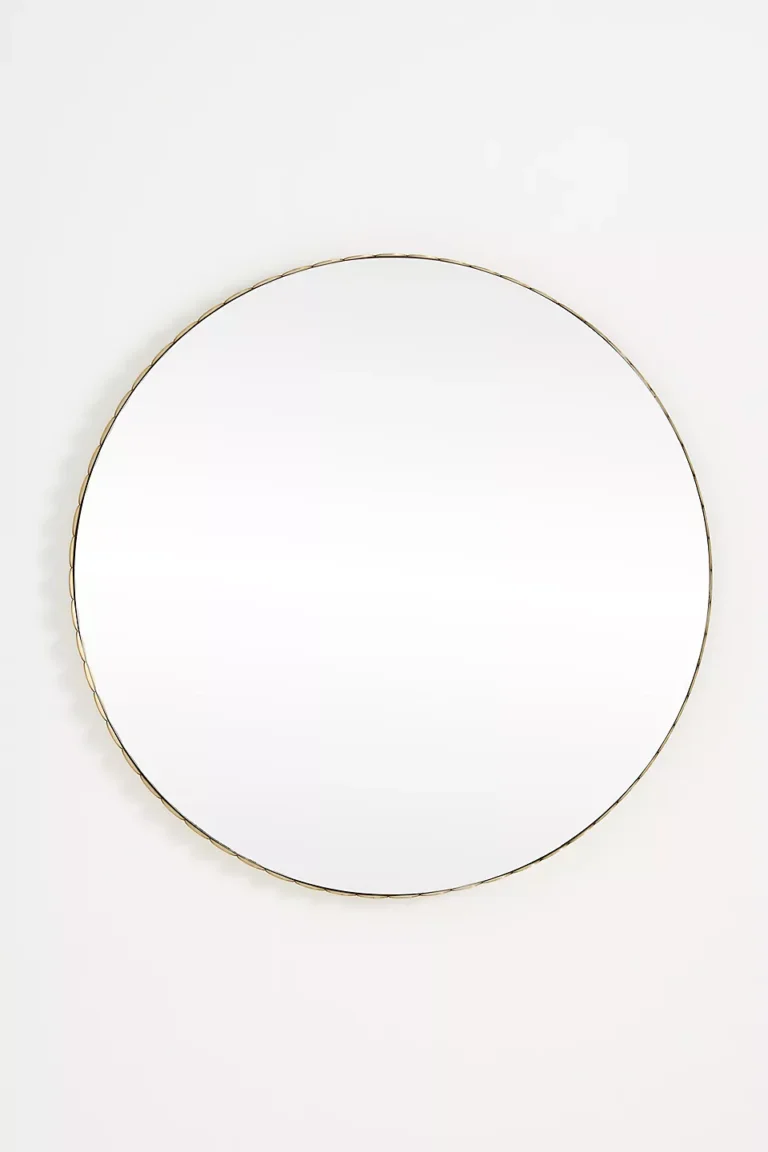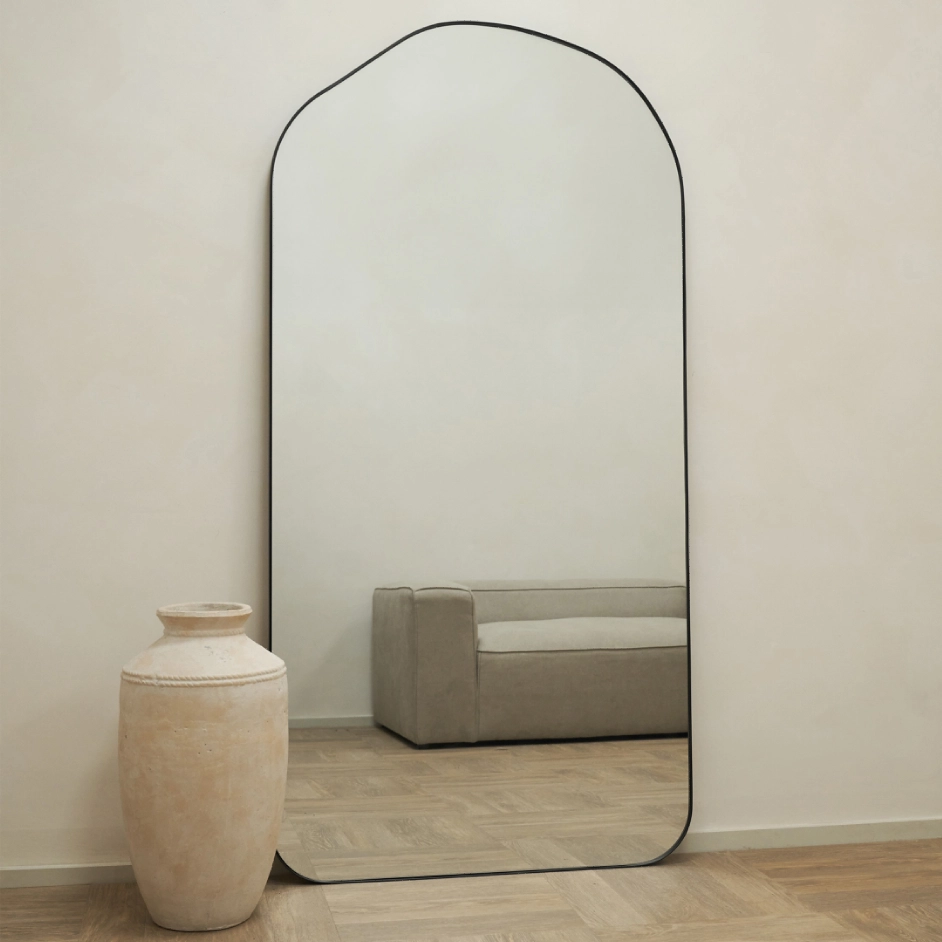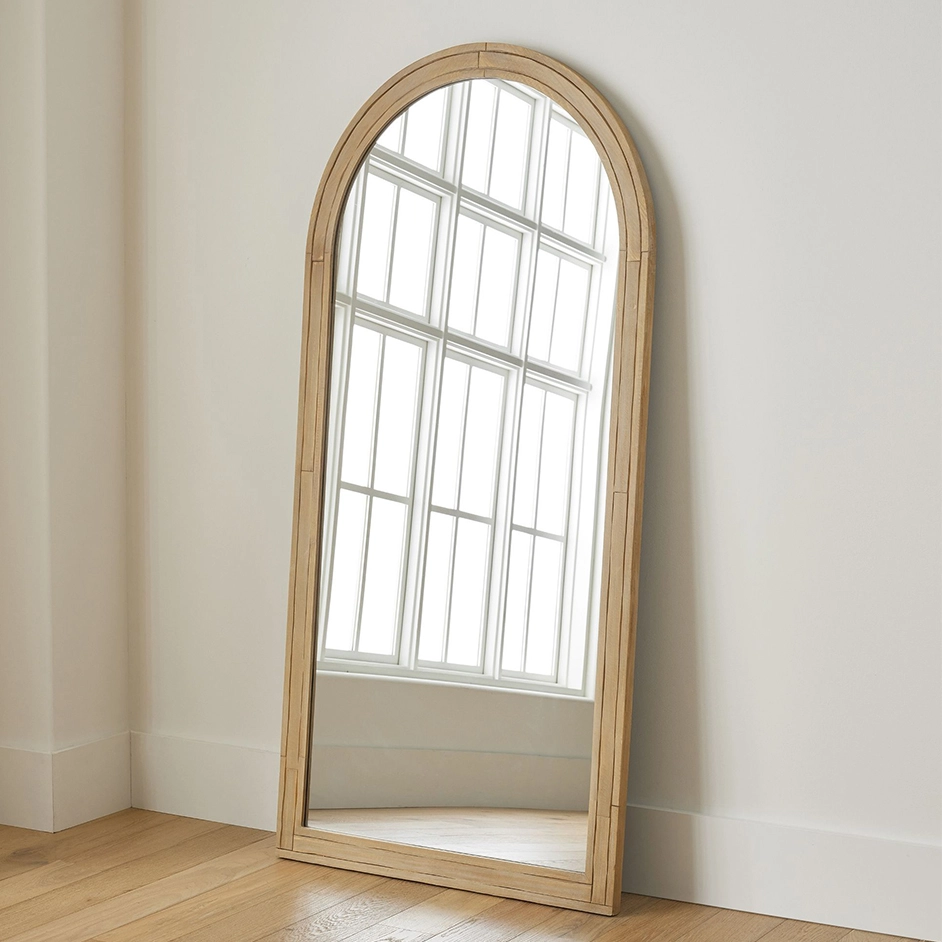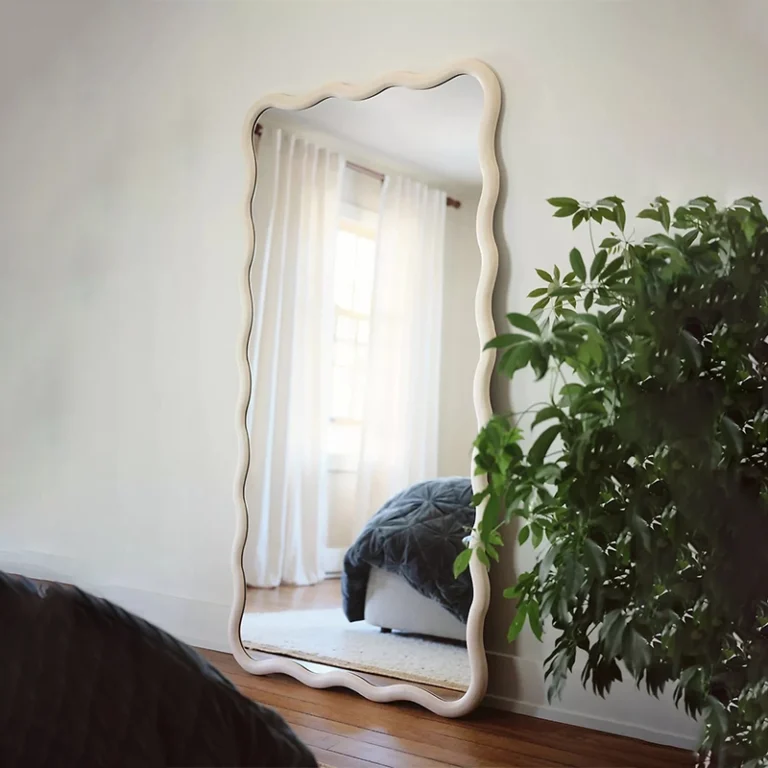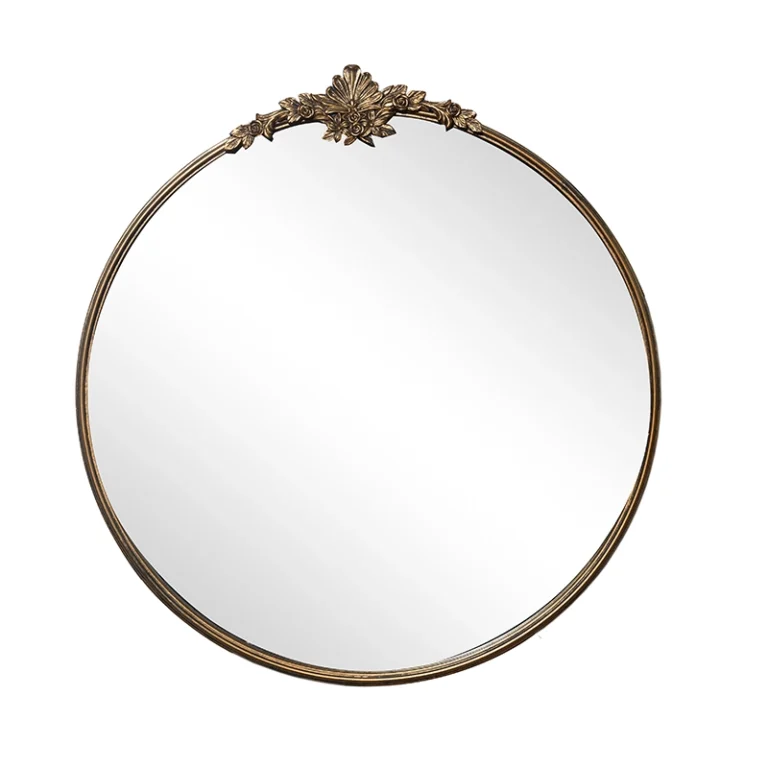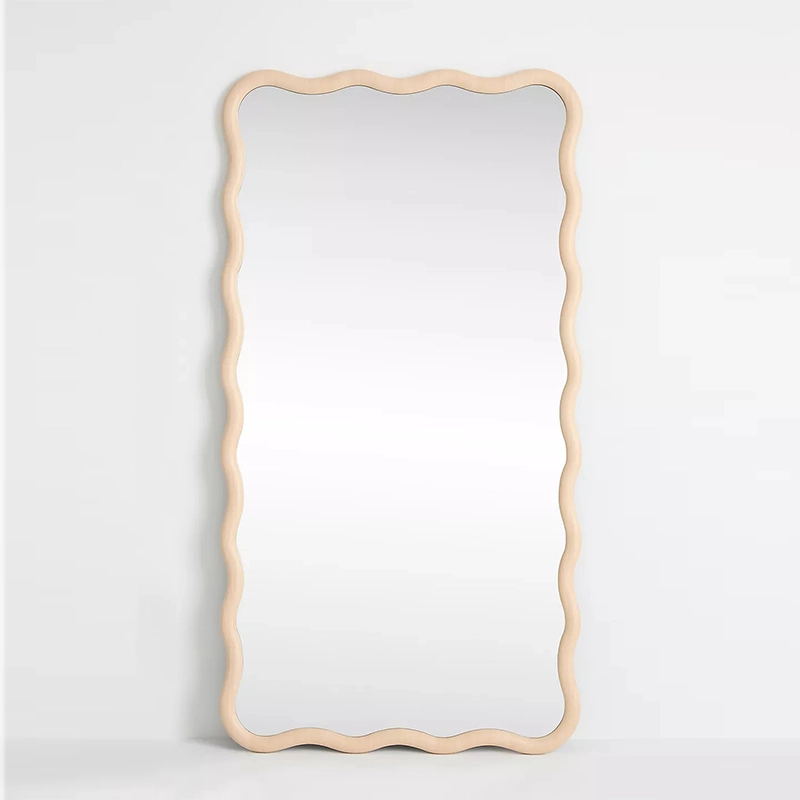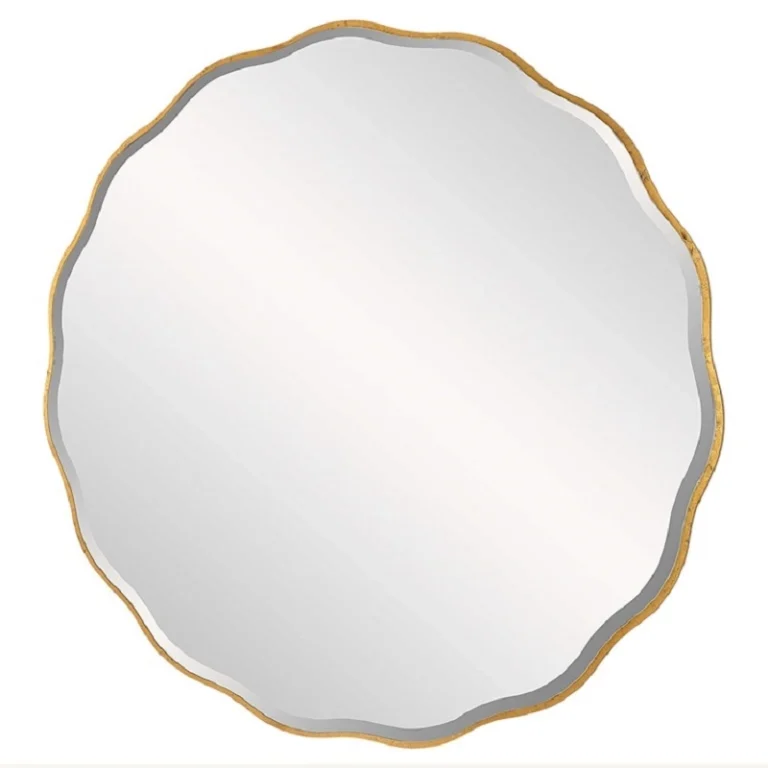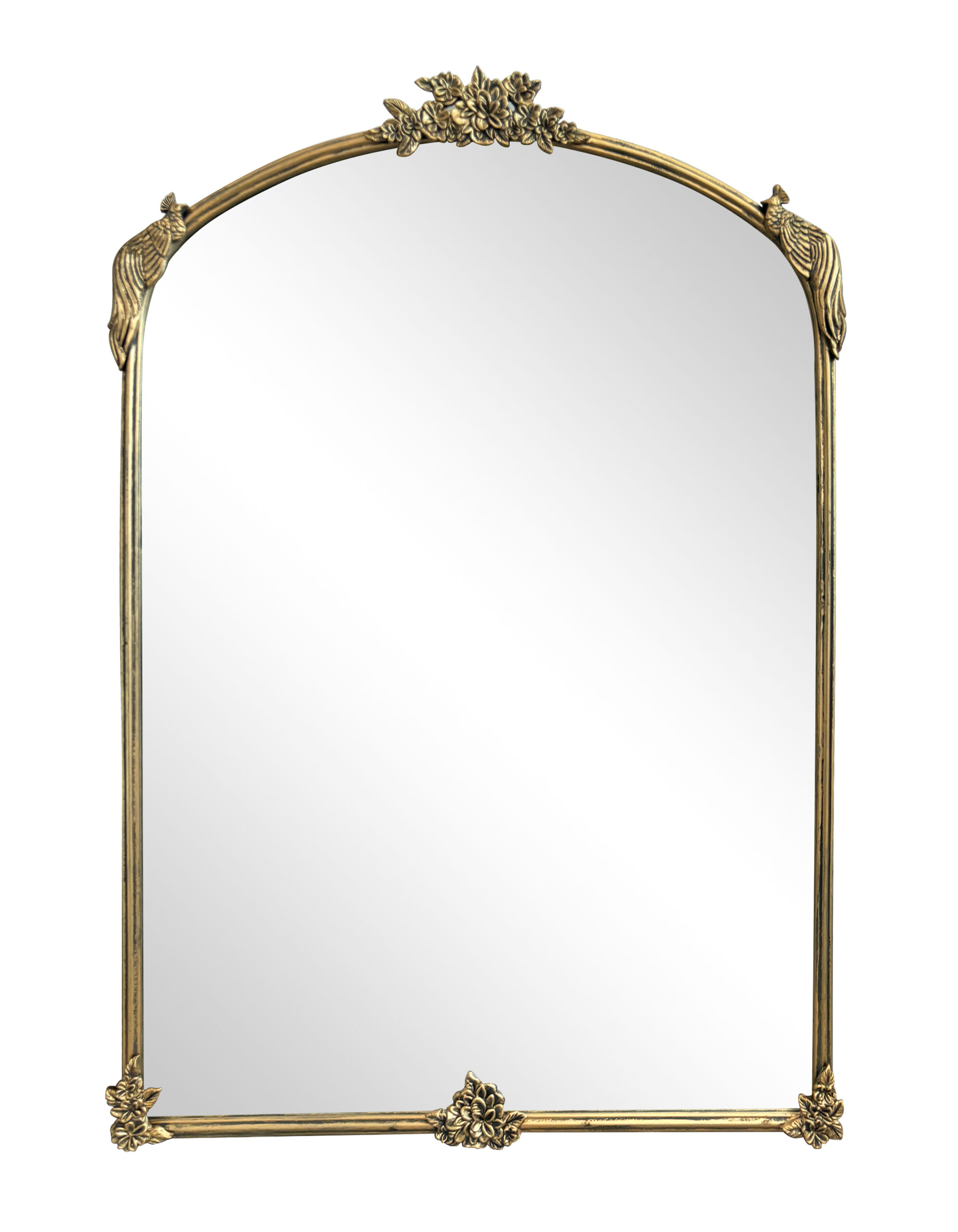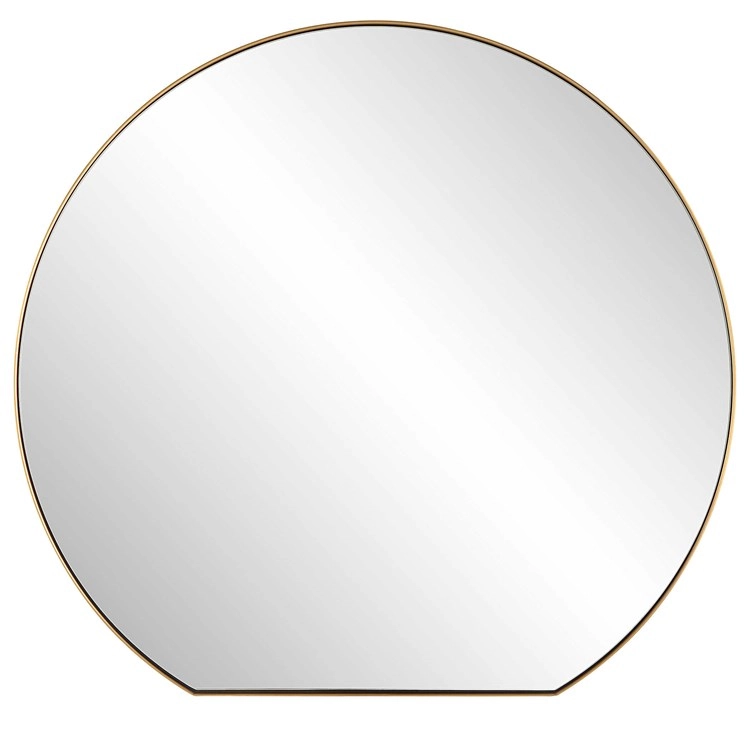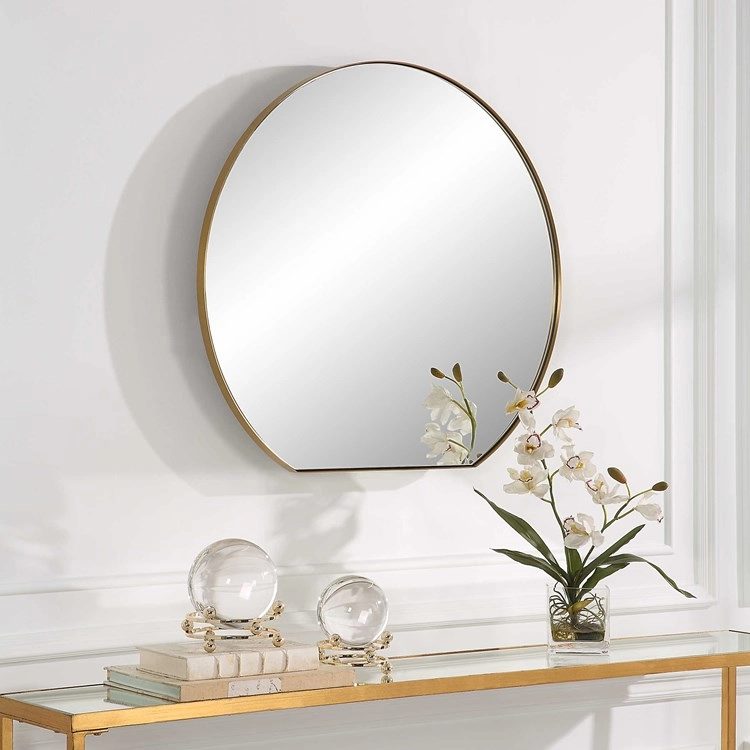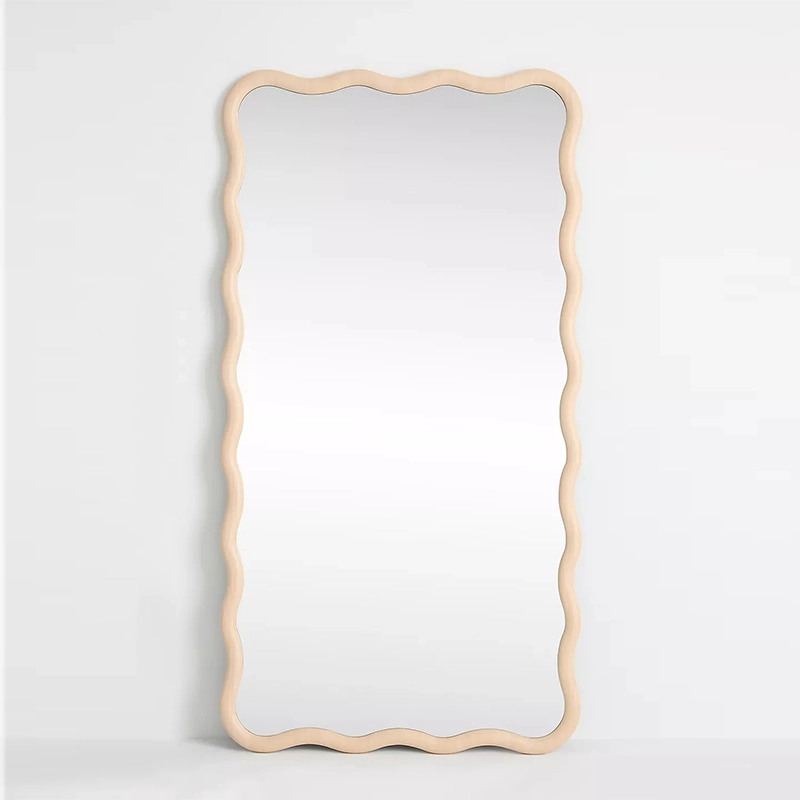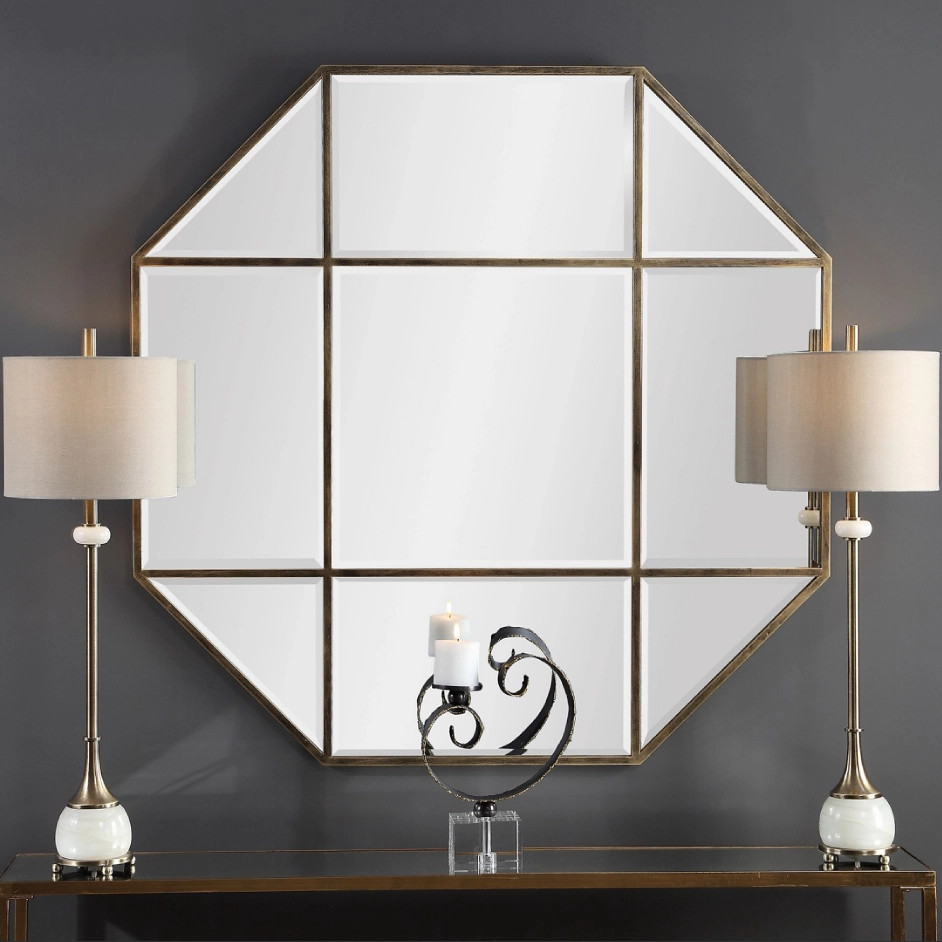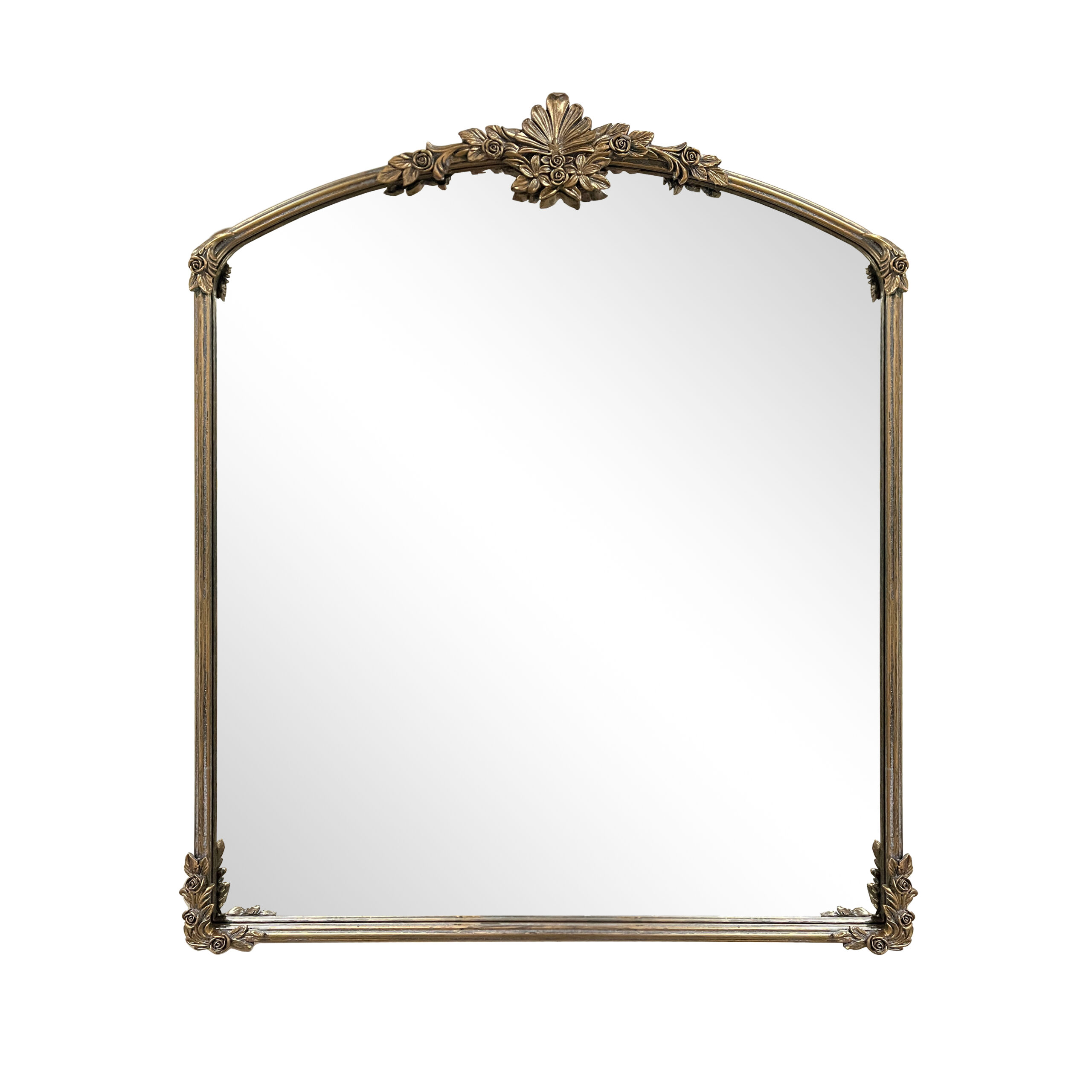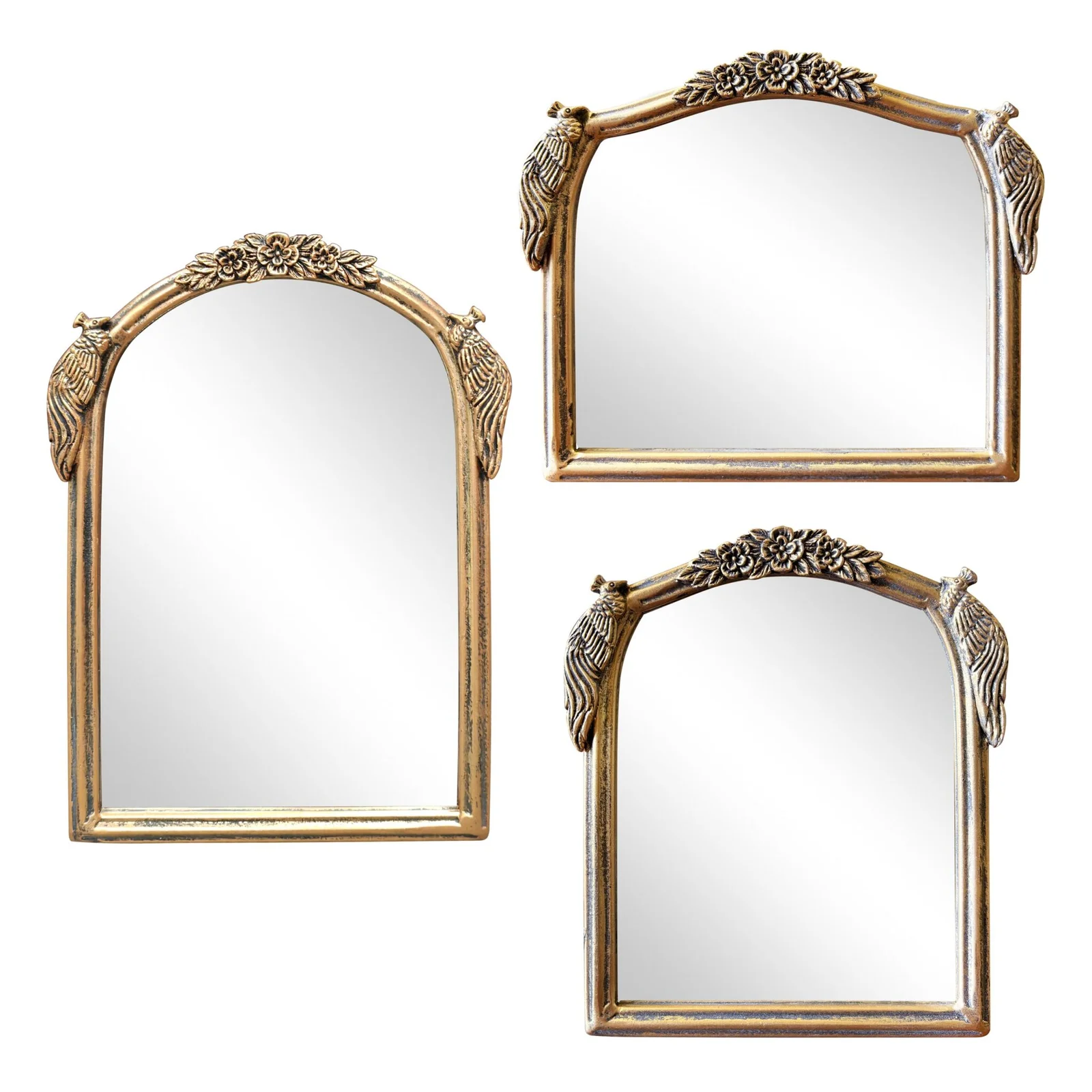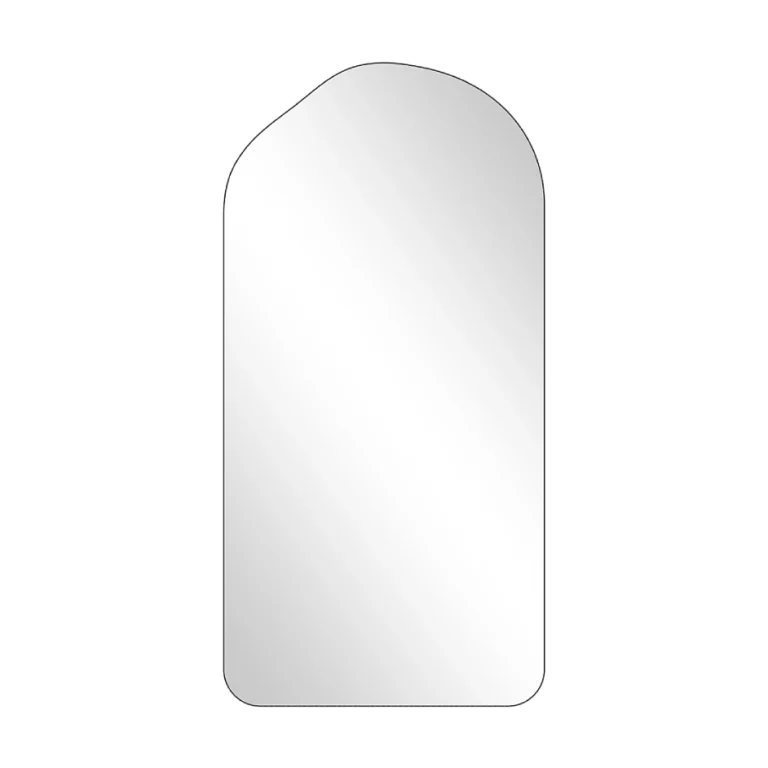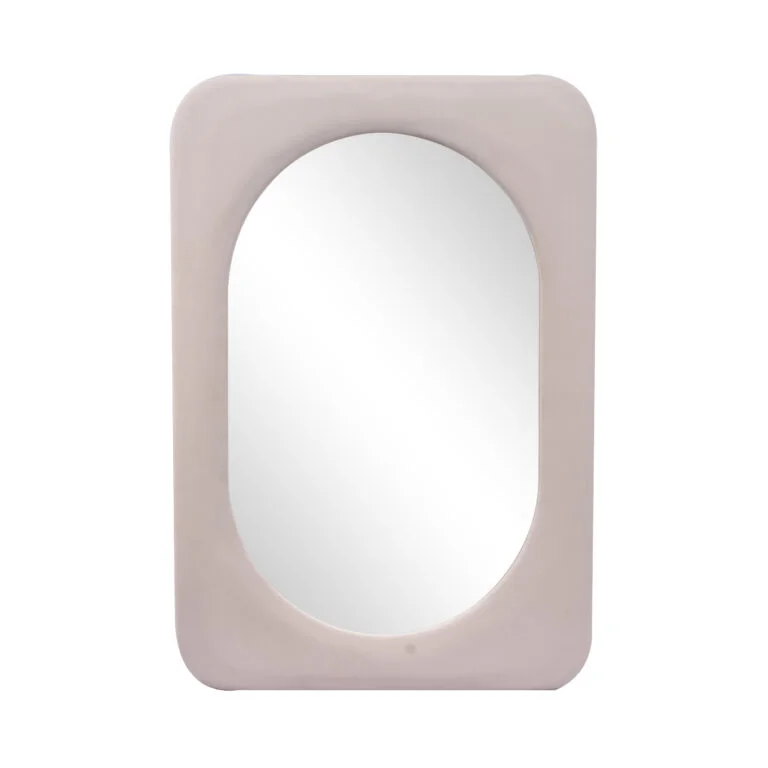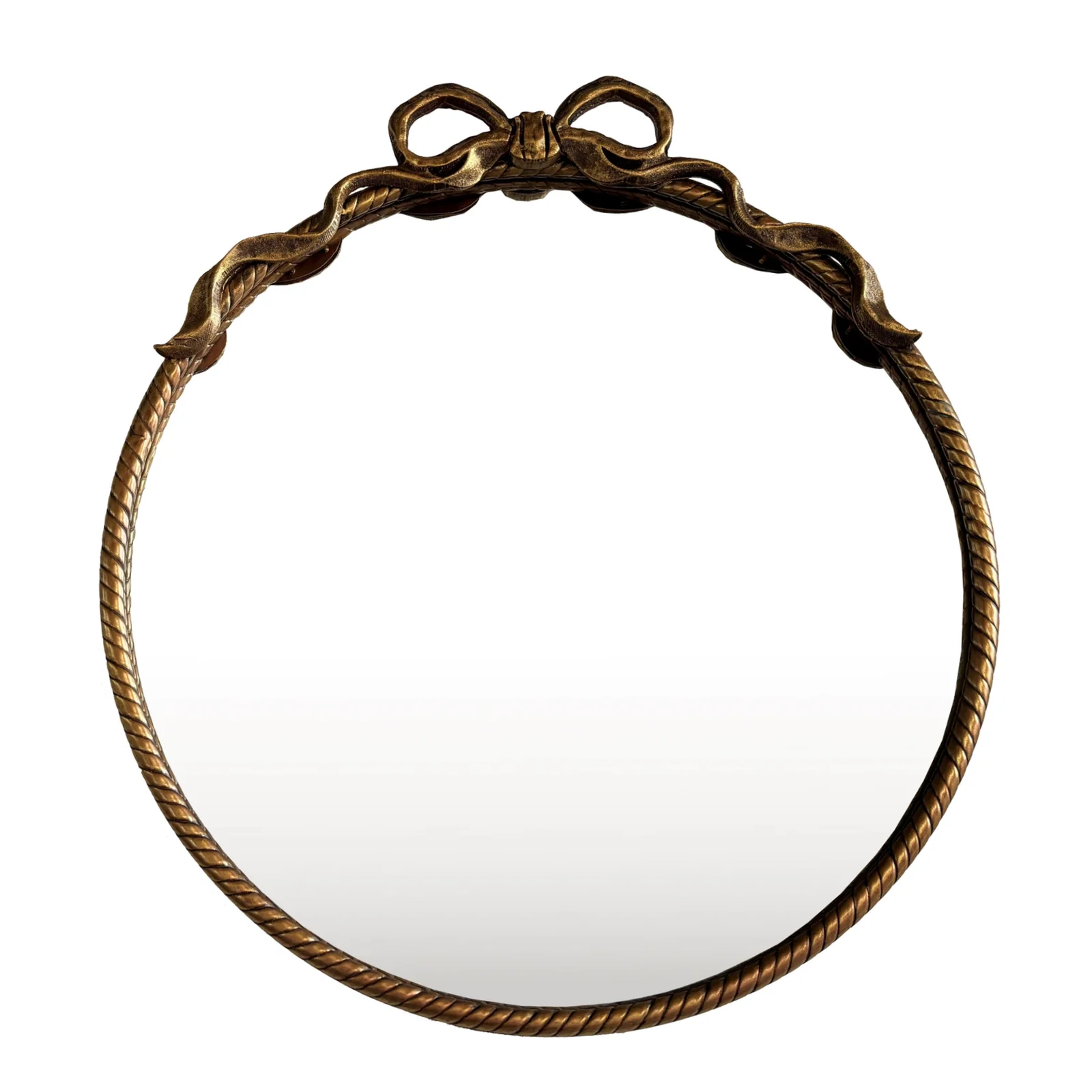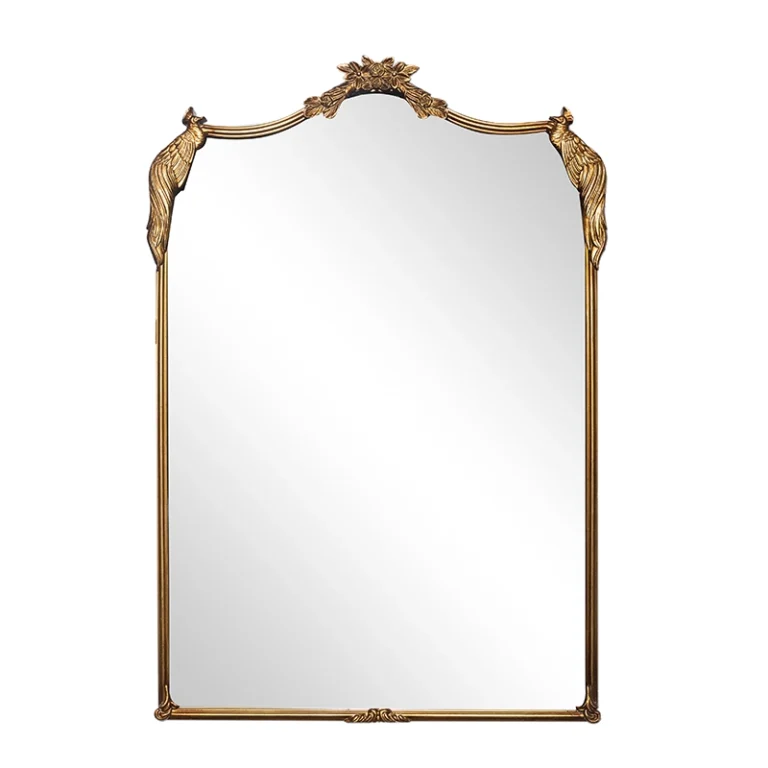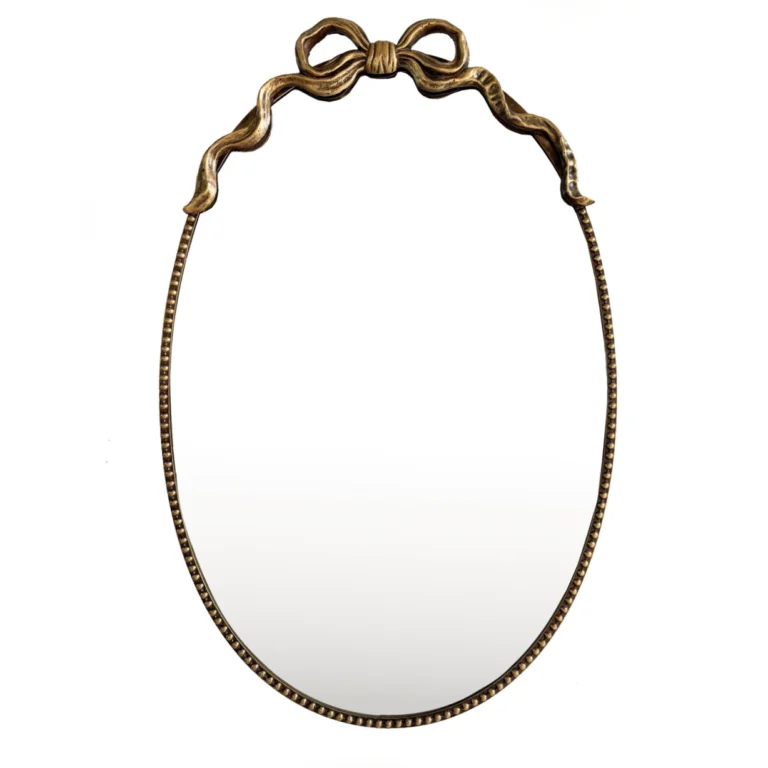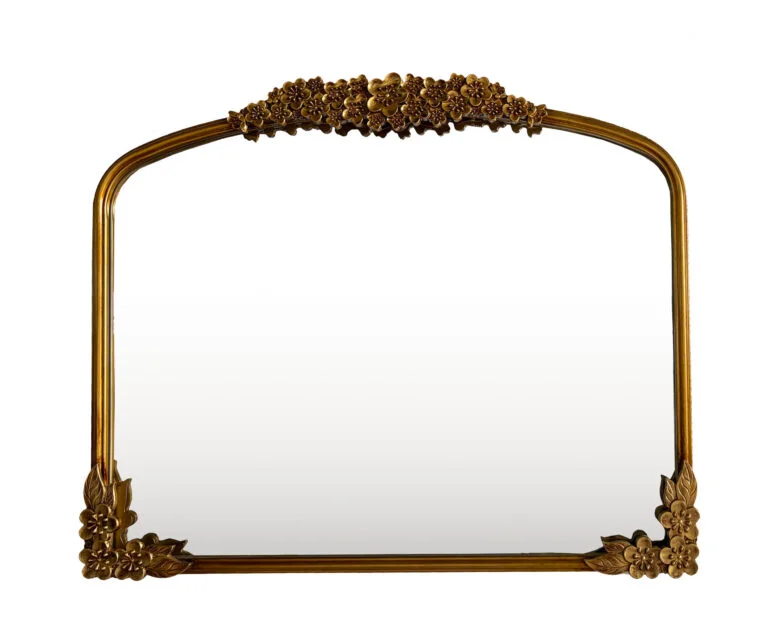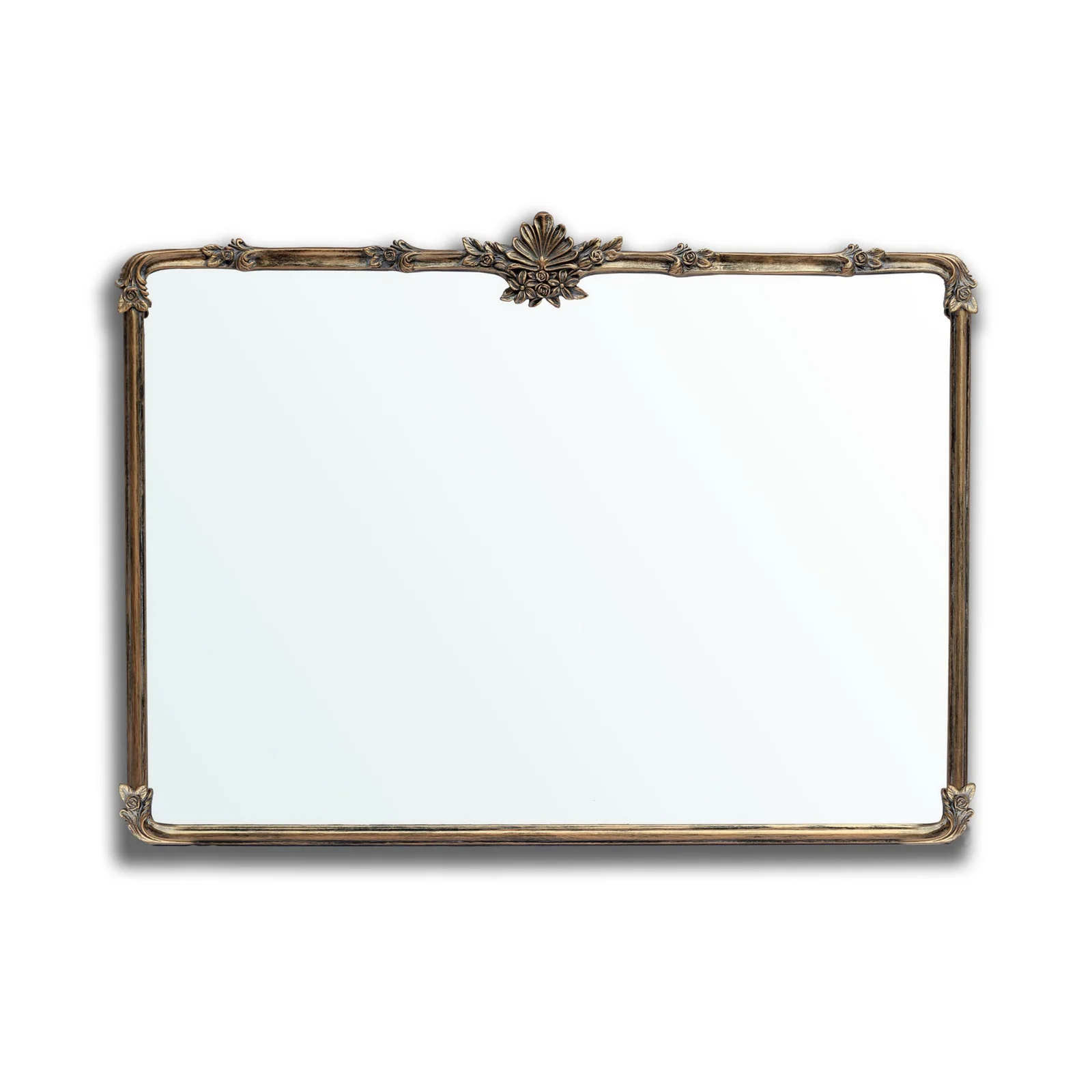floor length mirror
Mirrored Lives: The Functional Evolution of Full-Length Mirrors and New Home Trends
In the living spaces of Europe, America, and the Middle East, full-length mirrors have long transcended their utilitarian origins, evolving into daily companions that blend aesthetics and functionality. Standing quietly in entryways, bedrooms, or workout areas, these mirrors create invisible boundaries that reflect humanity’s gaze upon itself and the shifts in society. Today, this ancient object is undergoing a silent revolution, empowered by technology—transforming from a simple reflector of images to an interactive smart device, quietly reshaping our way of life. This report delves into functional applications, industry trends, and brand innovations, painting this evolution in a prose-like narrative.
Function and Application: From Reflection to Multidimensional Interaction
The core appeal of full-length mirrors lies in their pure practicality: they provide distortion-free full-body reflections, allowing users to precisely adjust their posture while changing clothes, applying makeup, or exercising, with every turn flowing as gracefully as poetry. In modern homes across Europe, America, and the Middle East, they have also become silent canvases for spatial aesthetics—sleek metal frames and expansive surfaces interplay to extend visual depth while adding a touch of luxury to minimalist designs. Fitness enthusiasts see them as partners in discipline, using them to calibrate yoga poses and track muscle definition, while fashion lovers turn them into private runways, capturing outfit experiments under shifting light as polished social media moments.
Yet, technological advancements are quietly expanding these functional boundaries. As artificial intelligence sweeps through the wearable tech sector, traditional mirrors are beginning to integrate voice interaction and data feedback. For instance, some innovative devices support gesture control, allowing users to activate virtual assistants with a touch, checking the weather or schedules. In fitness mode, real-time motion capture analyzes posture errors like an invisible personal trainer. This evolution is not an isolated phenomenon—the global smart wearable market is expanding at a staggering pace, with Q1 2025 shipments of smart glasses in China surging 116.1% year-on-year, signaling an irreversible trend toward smart home integration. The silent revolution of full-length mirrors is a gentle echo of this wave.
Industry Trends: Innovation in the Smart Home Era
Recent industry developments reveal that smart mirrors are just the tip of the iceberg. Breakthroughs in AR/VR technology are breathing new life into traditional objects—for example, high-end devices now enable “screen-free operation” via neural interfaces, allowing users to control interfaces with just a glance or a whisper. This trend stems from surging demand: global smart glasses shipments are projected to reach 14.518 million units in 2025, a 42.5% increase, with lifestyle applications growing particularly fast. Luxury homes in the Middle East have already embraced such designs, integrating full-length mirrors with whole-home smart systems: in the morning, the mirror displays schedules and news headlines; at night, it transforms into an ambient lighting hub, shifting hues with the user’s mood.
Meanwhile, advancements in materials science pave the way for functional upgrades. Next-generation mirrors use specialized polymer composites, balancing lightweight construction with impact resistance, remaining stable even in desert heat or Nordic cold. This innovation aligns with sustainability—reducing resource consumption by 30% while extending mirror lifespans to decades. The media hails it as a “milestone in the silent revolution,” for its understated yet profound impact on daily rituals.
Brand Spotlight: Teruiermirror—Where Craft Meets Intelligence
Amid this transformation, Teruiermirror has emerged as the choice of elites in Europe, America, and the Middle East. Its full-length mirror series embodies the philosophy of “invisible technology, tangible living,” rejecting gimmicks in favor of core user experience. The products feature aerospace-grade aluminum alloy frames, weighing under 5 kg yet supporting over 200 kg. The mirror coating, derived from optical lab technology, ensures zero distortion, even under harsh lighting. Functionally, Teruiermirror integrates AI assistant modules—voice commands activate fitness coaching, virtual try-ons, or environmental adjustments, with encrypted data guarding privacy like a vault.
Even more impressive is its “context-aware” application: built-in sensors detect light and spatial layout, auto-adjusting reflection angles. In home-office settings, it doubles as a conference screen for HD video calls. The brand insists on localized production—Middle Eastern editions incorporate traditional motifs, while European models embrace Nordic minimalism, making each mirror a silent dialogue between culture and technology. In user feedback, a Dubai designer writes: “It’s not just a mirror; it’s a portal to a smarter self.”
Mirroring the Future
The evolution of full-length mirrors reflects humanity’s relentless exploration of the relationship between self and space—from ancient Egyptian copper mirrors to today’s smart interfaces, they remain silent witnesses. The rise of brands like Teruiermirror marks a shift from passive reflection to active empowerment, and this journey has only just begun. As AI and materials science continue to merge, future mirrors may integrate health monitoring or even emotional interaction, turning every gaze into a tender encounter with technology. In this silent revolution, we don’t just see ourselves—we glimpse a smarter, more poetic era of living.
Generally speaking, our order requirements are as follows: the minimum order quantity (MOQ) for large items is 50 pieces, for regular items it is 100 pieces, for small items it is 500 pieces, and for very small items (such as ceramic decorations) the MOQ is 1,000 pieces. Orders exceeding $100,000 will receive a 5% discount. The delivery timeline is determined based on the specific order quantity and production schedule. Typically, we are able to complete delivery within two months.

